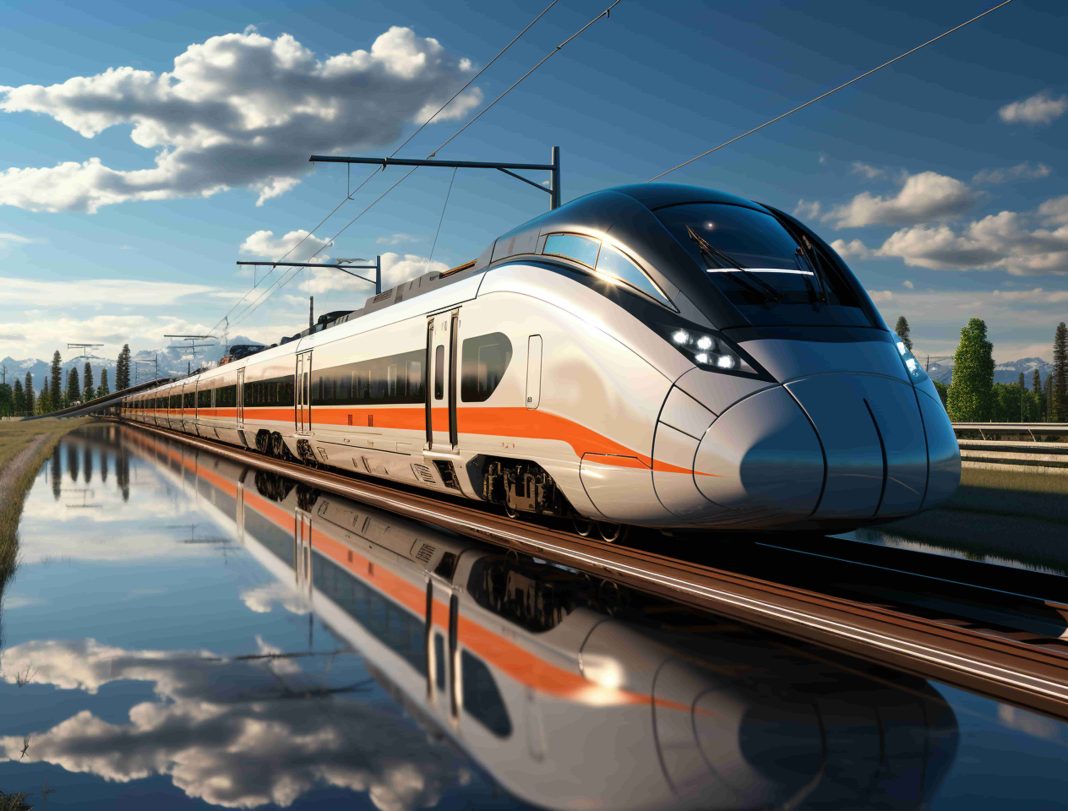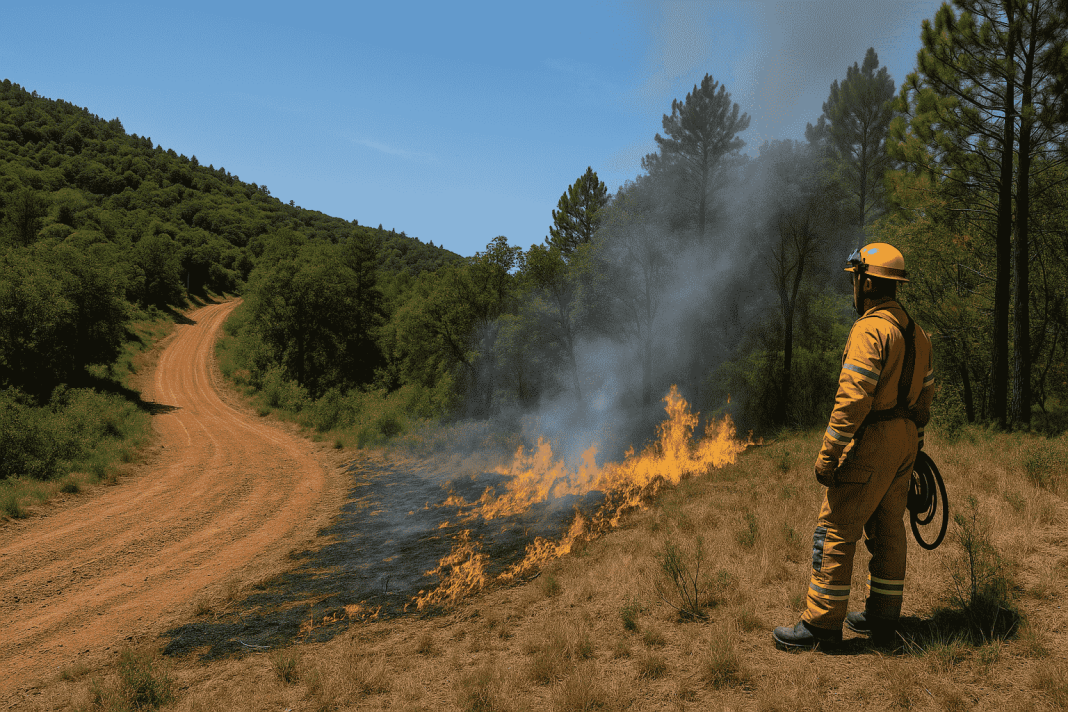The Amtrak Borealis train is changing the way Midwesterners travel. Launched to serve the Chicago-Milwaukee-Twin Cities corridor, it’s fast becoming a top pick for those seeking sustainable travel choices that are also reliable and comfortable. In just its first year, this new route has attracted over 200,000 riders, proving there’s strong demand for environmentally conscious, commuter-friendly rail service.
Let’s break down why the Amtrak train is more than just another transportation option—it’s a step toward a better-connected, greener Midwest.
A Convenient Start with the Amtrak Train
The daily operations of the Amtrak Borealis train offer more than just a ride—they deliver sustainable travel choices for thousands. Running between Chicago, Milwaukee, and the Twin Cities, this new route doubles the passenger rail service across Wisconsin and Minnesota.
For commuters, students, and casual travelers, the experience is defined by ease. Mari Haulschildt, a University of Wisconsin student, shared, “I find it incredibly convenient. I have family in La Crosse, Minnesota, Milwaukee, and Chicago, so it’s the ideal route for me.” Another regular rider, Bridget Neugent, noted, “It feels like traveling without the hassle.”
This feedback reinforces the idea that people crave sustainable travel choices that don’t sacrifice comfort or convenience.
Amtrak Borealis Train Ridership Exceeds Expectations
In less than a year, the Amtrak Borealis train exceeded projections with over 200,000 passengers. This milestone shows that Midwesterners are ready to embrace sustainable travel choices that cut down on traffic and carbon emissions.
Public interest in rail travel is no longer a question. It’s a fact.
How the Amtrak Train Enhances Regional Connectivity
The Amtrak train is doing more than moving people from point A to point B. It’s strengthening local economies and connecting communities through sustainable travel choices.
Its route includes vital stops in La Crosse, Tomah, Wisconsin Dells, Portage, Columbus, and Milwaukee before ending in Chicago. This link between smaller towns and major cities makes jobs, education, and healthcare more accessible, especially for those without easy access to cars or flights.
Strong rail networks like this support not only environmental goals but also economic development.
Why the Amtrak Borealis Train Supports the Environment
Every trip on the Amtrak Borealis train means one less car on the road or flight in the air. That’s the power of choosing sustainable travel choices like rail over traditional travel methods.
Train travel is significantly more fuel-efficient than driving or flying. According to the U.S. Department of Transportation, trains can move a passenger over 470 miles on a single gallon of fuel. The Borealis not only reduces emissions but also alleviates highway congestion.
For more data on the environmental impact, check out Amtrak’s official site.
The Future of the Borealis Train
The future looks bright for the Amtrak Borealis train. With demand high, service expansion is on the horizon. Possibilities include additional daily routes, upgraded train cars, and enhanced onboard services—all aimed at keeping sustainable travel choices appealing and competitive.
Federal and state partnerships will be essential to support further development. Investments in rail infrastructure could help replicate the Borealis model in other underserved regions.
Continued momentum depends on rider feedback, government support, and public enthusiasm for climate-friendly options.
Why the Amtrak Borealis Train Matters Now More Than Ever
With rising concerns about climate change, fuel prices, and urban congestion, the Amtrak train offers timely, sustainable travel choices that align with modern needs.
The success of this route proves that people are ready to switch from polluting cars and planes to cleaner alternatives—especially when those options are reliable, comfortable, and affordable.
It’s not just a train. It’s a sign of progress for the Midwest and a model for what’s possible when transportation, environment, and convenience come together.



